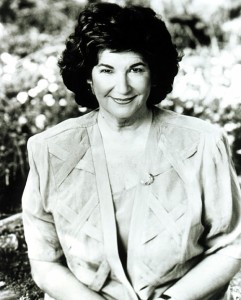Yesterday, I wrote about how, if we follow the flow of ideas that come from Mihaly Csikszentmihalyi’s theories on achieving flow and Candace Pert’s findings about how our emotions originate in the exact locations of the seven main chakras and that our bodies are our subconscious minds, we can utilize the chakras to banish writer’s block, achieve flow, and tell our untold stories.
For example, the First Chakra rules our Tribal Power and Tribal Consciousness, which is about our identity in relationship to our Tribe, which could relate to our family of origin or to some other group or community that’s present in our lives. Deep down, the Root Chakra has to do with identity and a feeling of security and connection to others and to the world.
In our writing, by considering our characters’ place within his or her tribe, or by considering our own, we can begin to uncover important information about human behaviors and motivations.
Below is a brief explanation of the Root Chakra and some ways we might integrate its attributes into our writing.
First Chakra – Root Chakra
Location
Deep in the pelvis, between the tip of the tailbone and the genitals
Primary strengths
Tribal/family identity, bonding, support and loyalty that create a feeling of security and connection to the world
Primary fears
Physical survival, abandonment, loss of order
Positive manifestations and qualities
Abundance, good health, connection with body, willpower, determination, leadership, independence
Negative manifestations and qualities
Vanity, self-importance, inability to make decisions
Lesson
Accepting that we cannot be in control
Aspects we might consider for our characters or ourselves
Quality of family ties, sense of security and abundance, fears around abandonment and survival
When we take the time to sit quietly, think about the aspects of the Root Chakra, and do a meditation to clear it, imagining its corresponding color in the form of a pulsating orb, we can open ourselves up to not just a deeper examination and understanding of our characters, but ourselves, as well.
Try the following meditation and exercise, and let me know what you come up with.
Feel free to post it below this post, or email me at: johnnie@johnniemazzocco.com.
Meditation
Close your eyes and do a short visualization of the Root Chakra: A red, pulsating orb just in front of your tailbone. Imagine it expanding and contracting and spreading out to each hip. Sit with this pulsating, strong and powerful energy for as long as you can, breathing deeply, for 5-10 breaths. Count to ten slowly on both the inhale and the exhale for each one. When you’re ready, let the energy begin to recede and return to its original size. Maintain its presence in your body as you open your eyes and begin the following writing exercise.
Writing Exercise
Fiction Writers
Think of a character you’ve created, maybe one you’ve been working with recently. Now, put that character on a train, heading to see his/her family for the holidays. Think about the character’s relationship with this space: Is this a regular occurrence – to be on a train heading to his/her childhood home? Or is this the first time? Whoh will the character see once she reaches her destination? How long will he be there? Who will this character see, and what feelings does she/he have around each person? Your character can be sitting quietly or moving around in the space. She/he can be contemplating the impending meeting or thinking about something else entirely. Show your character’s experience in the space, what happens in the waiting, and how this reflects in his/her thoughts and behaviors. It’s up to you whether or not you write to the actual arrival and meeting of family members.
Creative Non-fiction Writers / Memoirists
Pick a tribe. This can be your family of origin, or it can be another community that has a strong presence in your life. Consider the following questions:
What’s your reality within this tribe right now?
Are you in harmony or conflict with this tribal reality?
What, or who, within this tribe, created your reality?
Do you have any unfinished business in relation to this tribe? (If so, what prevents you from healing it, either within yourself or with the person or people involved?)
Sending you mad writing mojo…
Johnnie
XXXX







